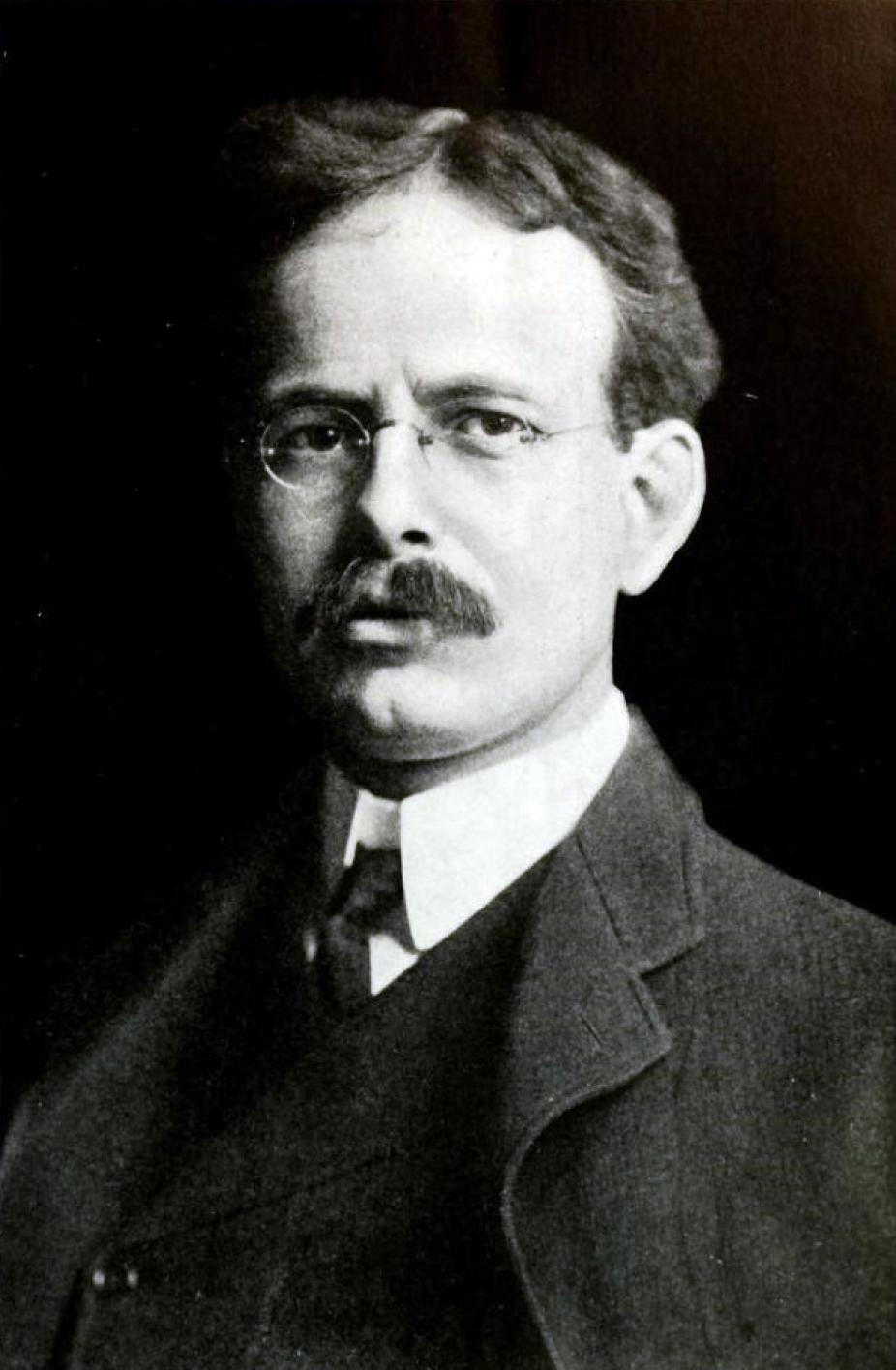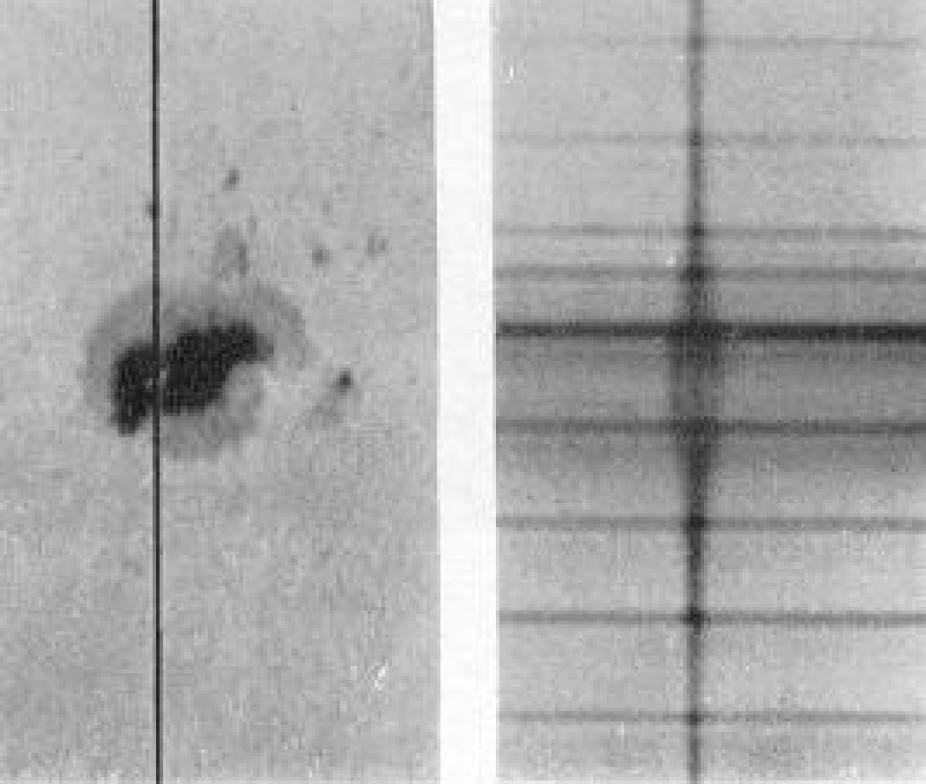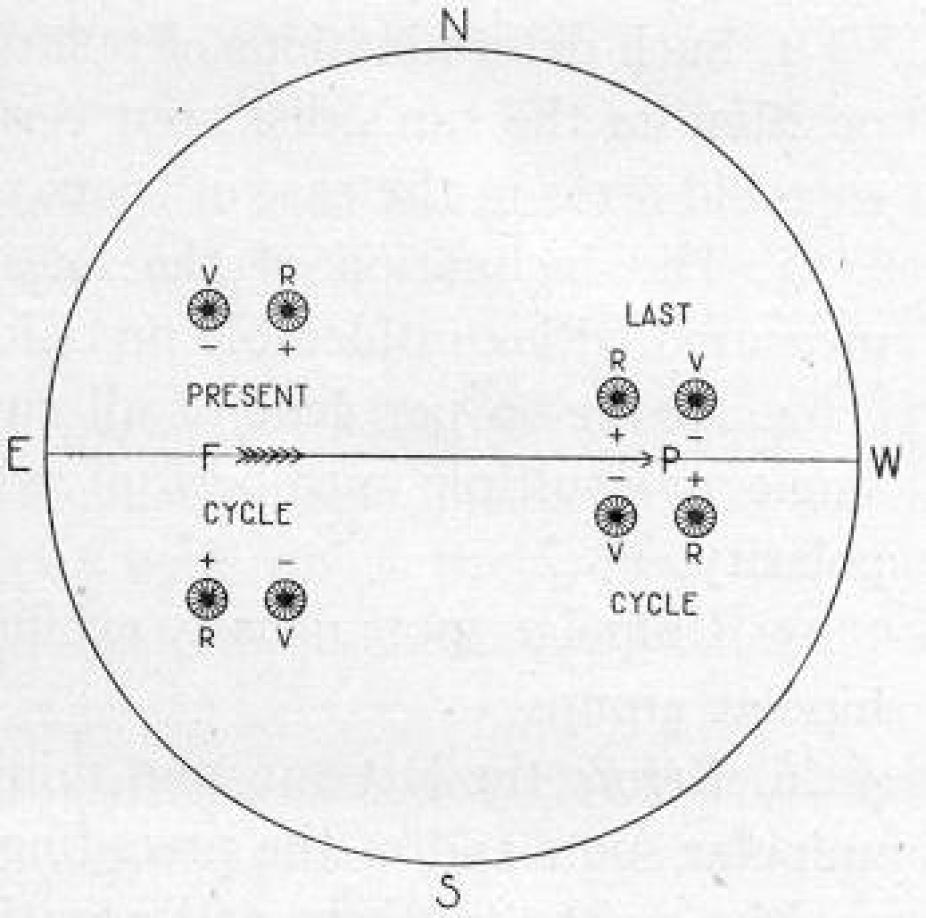George Ellery Hale (1868–1938)
George Ellery Hale was born in Chicago on June 29, 1868. A single child heir to his family's considerable fortune, Hale developed an interest in astronomy at a young age. He benefited from the continuing moral and financial support of his father, who during his childhood and teenage years purchased him telescopes and spectrometers of increasing power. By 1891 Hale was effectively equipped with his own private solar astronomical laboratory.

Portrait of George Ellery Hale.
Wikipedia
This unusual opportunity was not lost on Hale, who went on to become one of the foremost astronomers in the U.S. In 1890 he graduated from the Massachusetts Institute of Technology with a bachelor's degree in Physics, at which time his scientific reputation was already well established. Although he never completed a doctorate, in 1892 he was appointed professor of Astronomy at the University of Chicago (without salary for the first three years, however), and launched in a life long campaign to fund and build ever better astronomical observatories.
Even though Hale capitalized heavily on his family's wealth and connections in the Mid-west's financial circles, his talents and energy as an organizer and fund raiser on behalf of astronomical projects remains extraordinary (and arguably as yet unsurpassed) by any standards. Over the years he organized the founding of three world- class astronomical observatories; in the 1890s he secured funding for the establishment of the University of Chicago's Yerkes Observatory in nearby William's Bay, Wisconsin. That observatory became fully operational in 1897, and harbored for a time the largest telescope in the world. He then secured funds for the establishment of a solar observatory on Mt. Wilson in California, of which he became director in 1904, and which long remained the best solar observatory in the world, in addition to hosting for a time the world's largest night time telescope. Though he did not live to see the project taken to completion in 1948, Hale was the main force behind the construction of the 5 meter telescope on Mt. Palomar, which remained for over three decades the world's largest optical telescope. He was also instrumental in the founding of the American Astronomical Society in 1899, and later in turning the then relatively unknown Throop Polytechnical Institute in Pasadena, into what is now the California Institute of Technology.
In 1895 Hale co-founded (and edited for nearly 30 years) The Astrophysical Journal. This was originally envisioned as an international forum for the publication of astronomically relevant papers in the field of spectroscopy, but the journal rapidly expanded its scope to become (and remains to this day) the world's leading research Journal in the field of Astrophysics.

Magnetically-induced Zeeman splitting in the spectrum of a sunspot.
In the first two decades of the twentieth century, Hale and his collaborators were constantly innovating and pushing the limit of astronomical and spectroscopic instrumentation. They effectively invented specialized solar tower telescopes, and pioneered the field of spectropolarimetry. Hale's most acclaimed scientific work was his demonstration that sunspots have strong magnetic fields. Hale's Polarity Law shows evidence of the existence of a well-organized large-scale magnetic field in the solar interior that cyclically changes polarity on average every 11 years. Nearly a century after Schwabe's discovery of the 11 year sunspot cycle, Hale's work on sunspots finally put solar cycle studies on a truly physical footing.
Overworked and suffering from recurrent episodes of depression, Hale resigned as director of Mt. Wilson Observatory in 1923, and retired from the active scientific research scene in the following years, arguably at the height of his career. He died on February 21, 1938 in Pasadena, California.
Bibliography
Wright, H. 1966, Explorer of the Universe. A Biography of George Ellery Hale, E.P. Dutton and Co.
Hufbauer, K. 1991, Solar Science since Galileo, The Johns Hopkins University Press,
Porter, R. 1994, The Biographical Dictionary of Scientists, second ed., Oxford University Press.
The Magnetic Nature of Sunspots
In 1908, Georges Ellery Hale used the Zeeman effect with a modified spectrohelioscope to establish that sunspots have strong, concentrated magnetic fields.

Diagram illustrating Hale's Polarity Law, which presents evidence for the existence of a well-organized large-scale magnetic field in the solar interior that cyclically changes polarity every 11 years or so.
Subsequent work demonstrated a strong tendency for east-west alignment of magnetic polarities in sunspots, with mirror symmetry across the solar equator; and that the polarity in each hemisphere switched orientation from one sunspot cycle to the next. This systematic property of sunspot magnetic fields is now commonly referred to as the "Hale–Nicholson law", or in many cases simply "Hale's law." The pressure provided by such strong magnetic fields would also lead naturally to the lower temperatures observed within the sunspots, as compared to the photosphere.
In the following decade Hale and collaborators went on to show that large sunspots pairs almost always show:
- the same magnetic polarity pattern in each solar hemisphere,
- the opposite polarity patterns between the North and South solar hemispheres, and
- a reversal of polarity patterns from one sunspot cycle to the next, indicating that the physical magnetic cycle has a period of twice the sunspot cycle period.
These empirical observations have stood the test of time and are since known as Hale's Polarity Law. Their physical origin is now known to originate with the operation of a large scale hydromagnetic dynamo within the solar interior, although the details of the process are far from adequately understood. Because the sun's dynamo generated magnetic field is ultimately responsible for all manifestations of solar activity (flares, coronal mass ejections, etc.), to this day solar dynamo modeling remains a very active area of research in solar physics.
Bibliography
G.E. Hale, F. Ellerman, S.B. Nicholson, and A.H.Joy, The Astrophysical Journal, vol. 49, pps. 153–178.